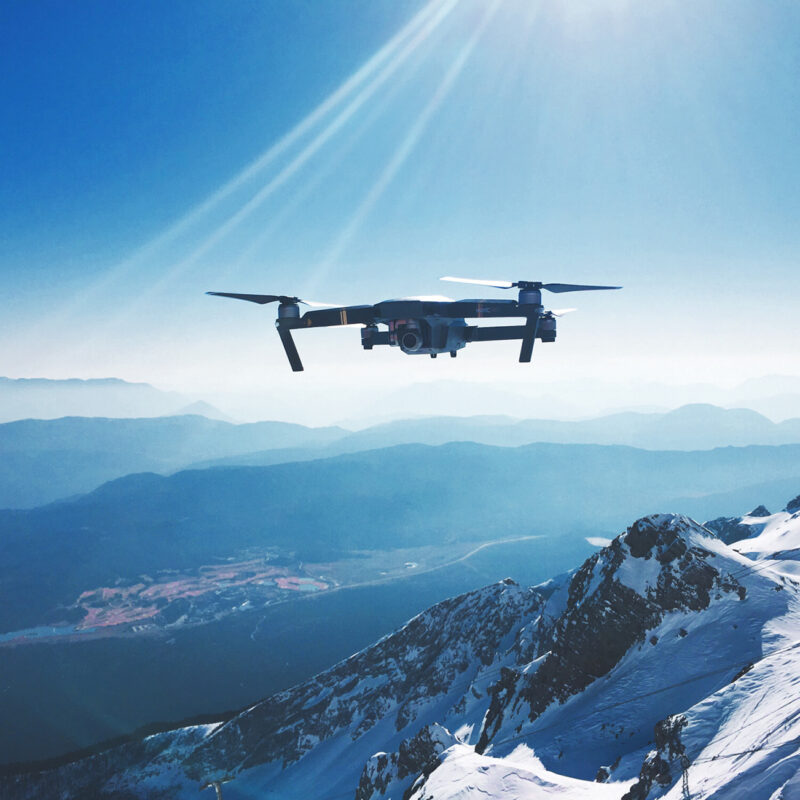
An article by dronelife.com shares:
Since before the passage of Part 107 in 2016, regularizing commercial drone use in the United States, state, and local laws – sometimes in conflict with FAA regulations – have developed. This issue is sometimes discussed as Drone Federalism, such as the failed “Drone Federalism Act of 2017,” or as FAA Preemption, which is the concept that the FAA rules the airspace from the ground up. Former FAA Administrator Michael Huerta warned against the proliferation of state and local drone laws, saying that a “patchwork quilt” of regulations across the U.S. would only create confusion, limiting the commercial industry and not enhancing safety.
In 2015, the FAA published a “Fact Sheet” to state and local governments (since removed from the FAA website.) In that Fact Sheet, the FAA emphasized their position that airspace regulation belongs strictly to the federal government, citing “authority to regulate the areas of airspace use, management and efficiency, air traffic control, safety, navigational facilities, and aircraft noise at its source.”
Since then, the FAA has softened its stance somewhat. The 2017 UAS Integration Pilot Program (the precursor of the FAA BEYOND Program) strove to give state and local governments input into the development of drone regulations. State drone laws, however, have continued to be enacted: sometimes to the severe detriment of the commercial industry or without a full understanding of the technology.
The 2023 Fact Sheet still emphasizes FAA authority but recognizes the existence of state laws.
The Fact Sheet clarifies preemption and provides examples of drone laws that may or may not be preempted.
Examples of drone laws that may be preempted by federal aviation regulations include selling or leasing air rights above highways, bans over entire cities, or local licensing or registration fees. State and local drone regulations focused on criminal acts like trespass, voyeurism, criminal mischief, or transportation of controlled substances, would not be preempted.
Soaring to new heights, together.
Be sure to visit the BWU Technology Partnerships Initiative website to learn more about how our NEOFIX program drives economic growth, promotes policy and infrastructure to improve drone safety and efficiency in various industries, and ensures that drone technology is being used responsibly.

